Simpsons Gap, located in the West MacDonnell Ranges about 18 kilometres west of Alice Springs, is a stunning natural landmark and a must-visit destination for those exploring Australia’s Red Centre. This iconic site holds significant cultural importance for the Central Arrernte Aboriginal people, who refer to it as Rungutjirpa.
The gap itself is a dramatic break in the quartzite ridges of the West MacDonnell Ranges, carved out over millions of years by the flow of Roe Creek. The geological formation is a testament to the power of erosion, with towering cliffs of red rock rising on either side of a narrow passage. The stark contrast between the rugged, rust-coloured rock faces and the often dry, sandy creek bed creates a visually arresting scene that captivates visitors.
Geologically, Simpsons Gap is part of the ancient Amadeus Basin, which formed over 800 million years ago. The quartzite that makes up the gap is incredibly hard and resistant to erosion, which explains why the formation has endured for so long. The rocks visible today were once horizontal layers of sediment, which have been folded, tilted, and eroded over eons to create the dramatic landscape we see now.
For tourists, Simpsons Gap offers a range of experiences. A sealed road leads directly to the site, making it easily accessible for most vehicles. Upon arrival, visitors can explore several walking trails of varying difficulty. The most popular is the short walk to the gap itself, which takes about 15 minutes and is suitable for most fitness levels. For more adventurous hikers, the Cassia Hill Walk provides panoramic views of the surrounding ranges and plains.
Wildlife enthusiasts will appreciate the opportunity to spot black-footed rock wallabies, which inhabit the rocky slopes near the gap. These shy creatures are most active during the cooler parts of the day, particularly at dawn and dusk. The area is also home to a variety of bird species, making it a haven for birdwatchers.
Facilities at Simpsons Gap include picnic areas, barbecues, and toilets, allowing visitors to spend a comfortable day exploring the site. Interpretive signs provide information about the area’s flora, fauna, and cultural significance, enhancing the educational aspect of the visit.
For those interested in photography, Simpsons Gap offers spectacular opportunities, especially during the golden hours of sunrise and sunset when the changing light brings the red rocks to life. After rainfall, which is infrequent in this arid region, the normally dry creek bed can fill with water, creating a beautiful reflective surface that doubles the visual impact of the towering cliffs.
Visitors should note that the Central Australian climate can be extreme, with very hot temperatures in summer and cold nights in winter. It’s essential to carry plenty of water, wear sun protection, and dress appropriately for the conditions. The best times to visit are typically in the cooler months from April to September.

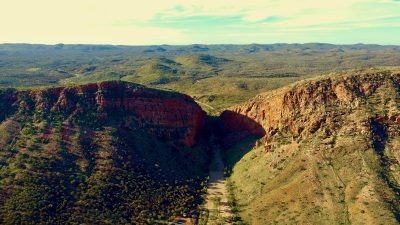
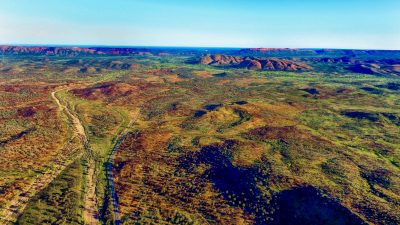
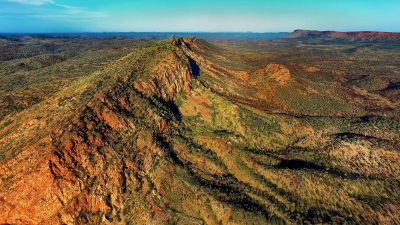

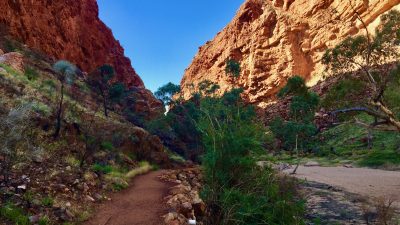
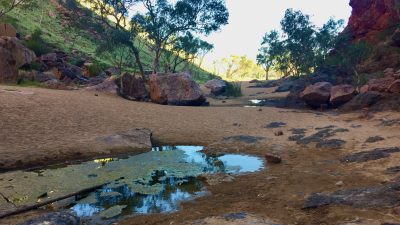
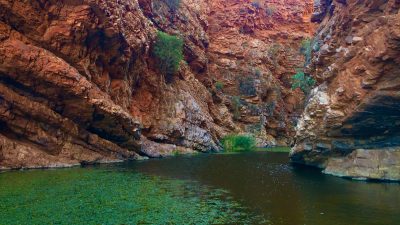


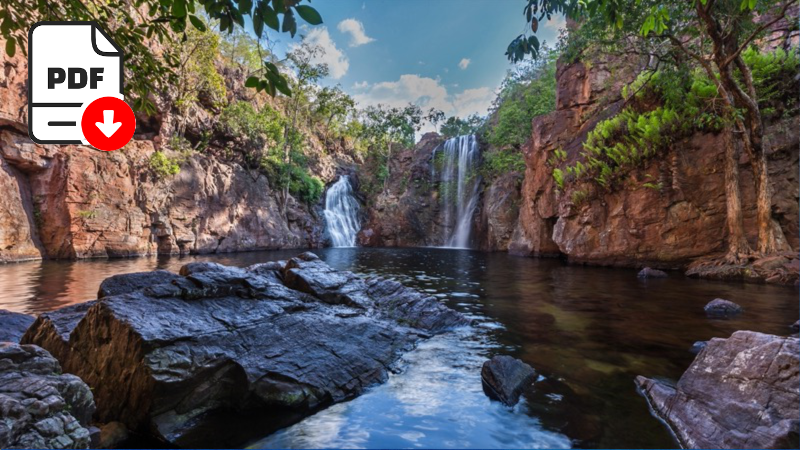
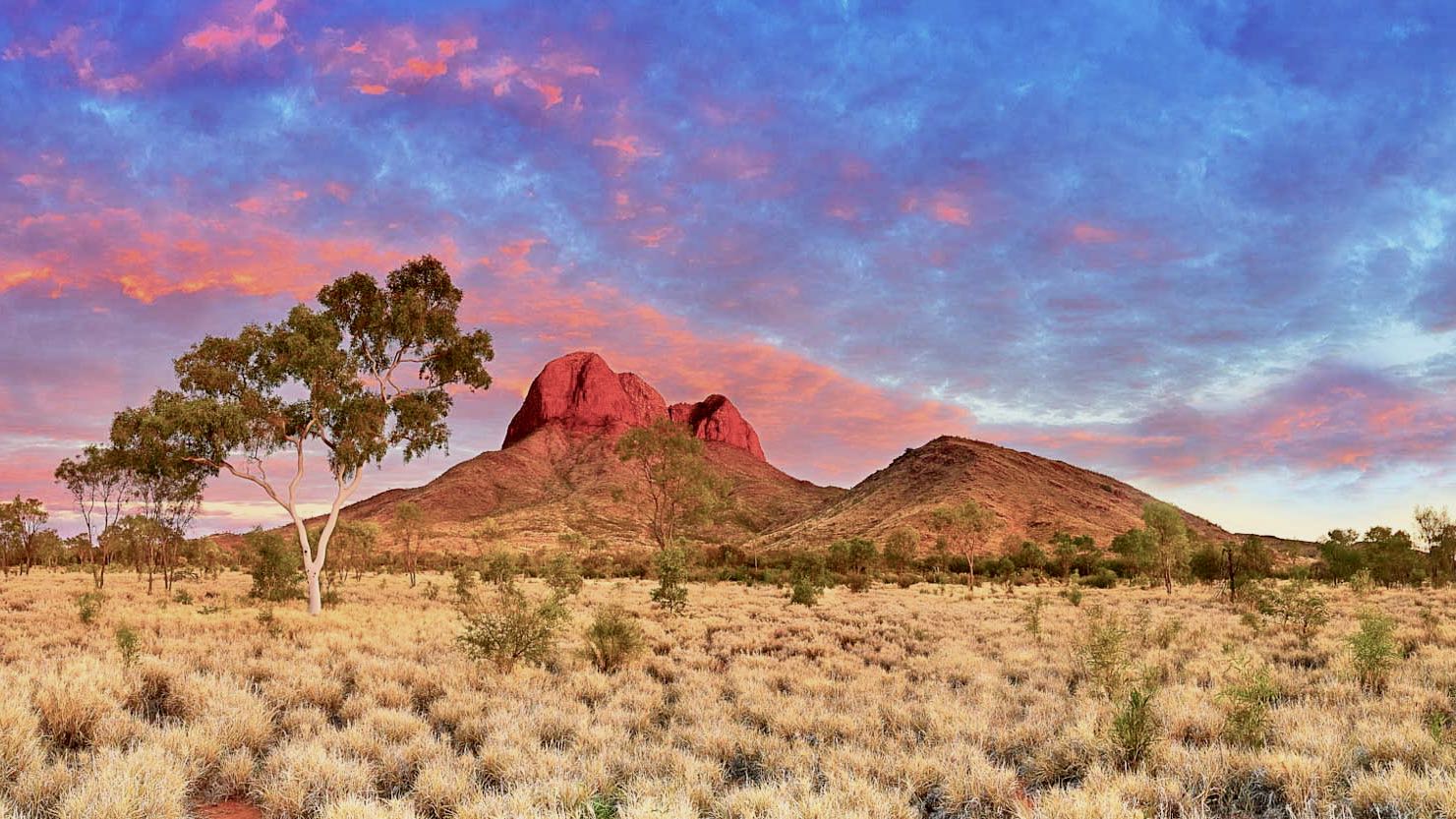
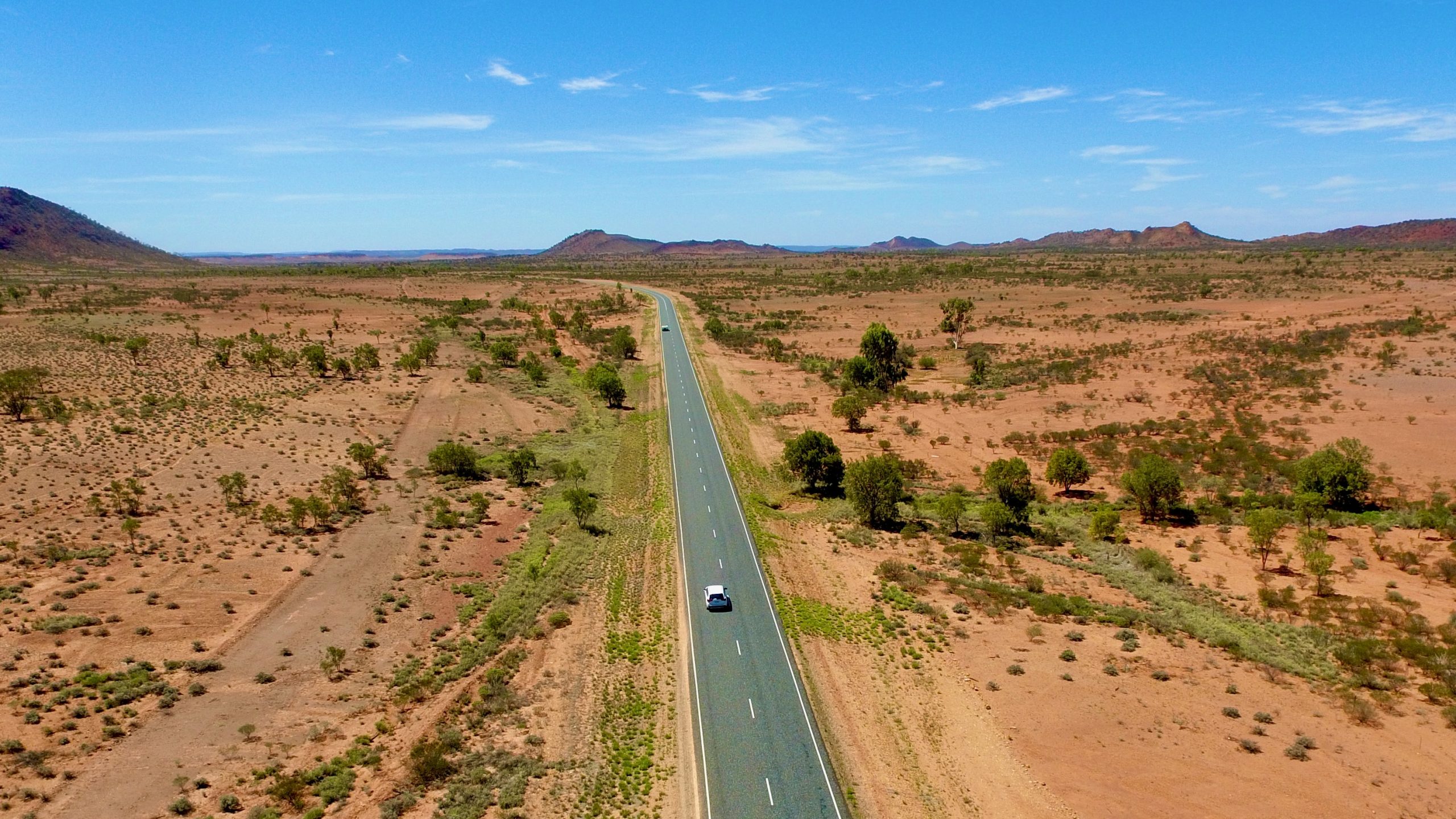
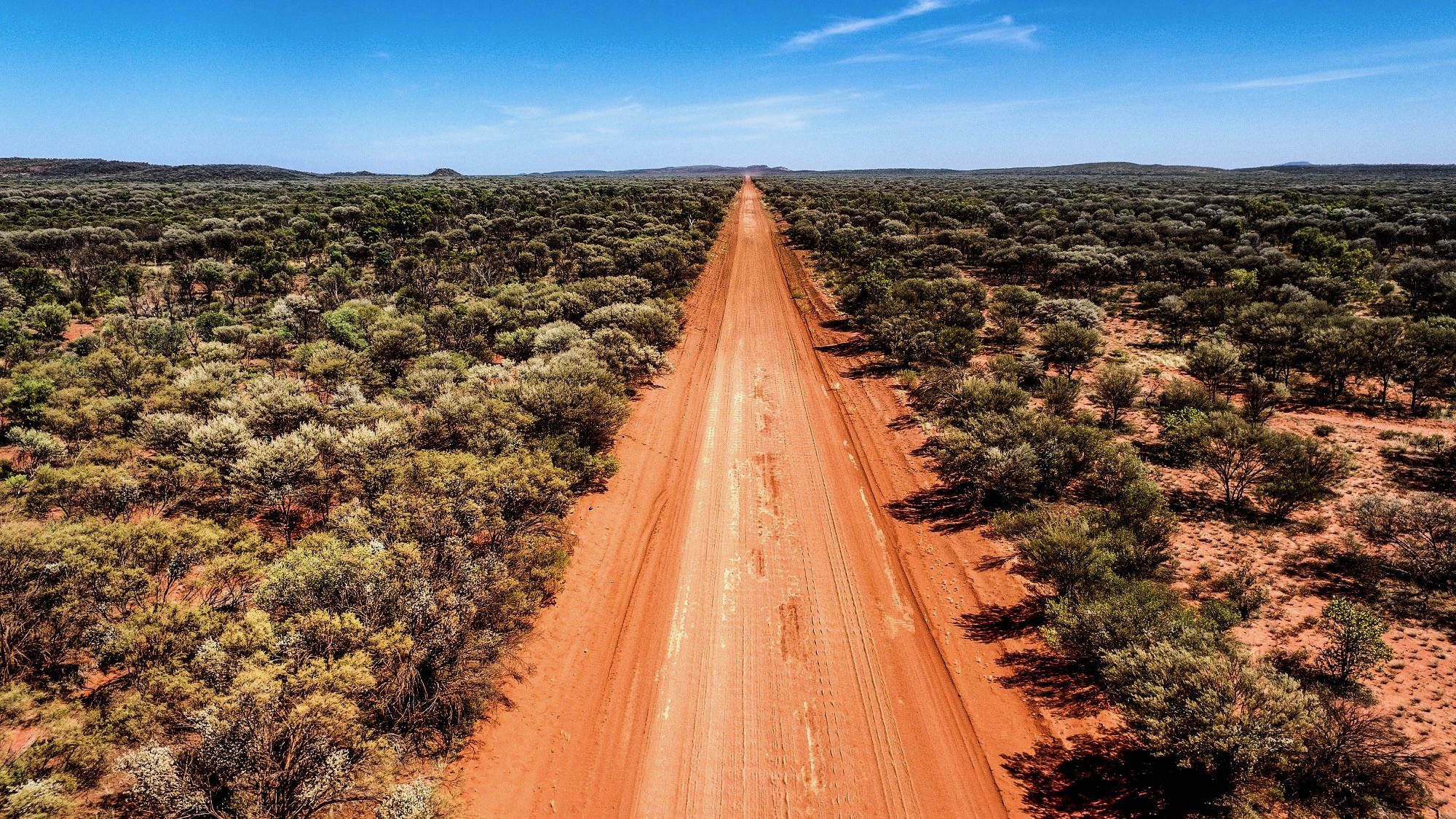
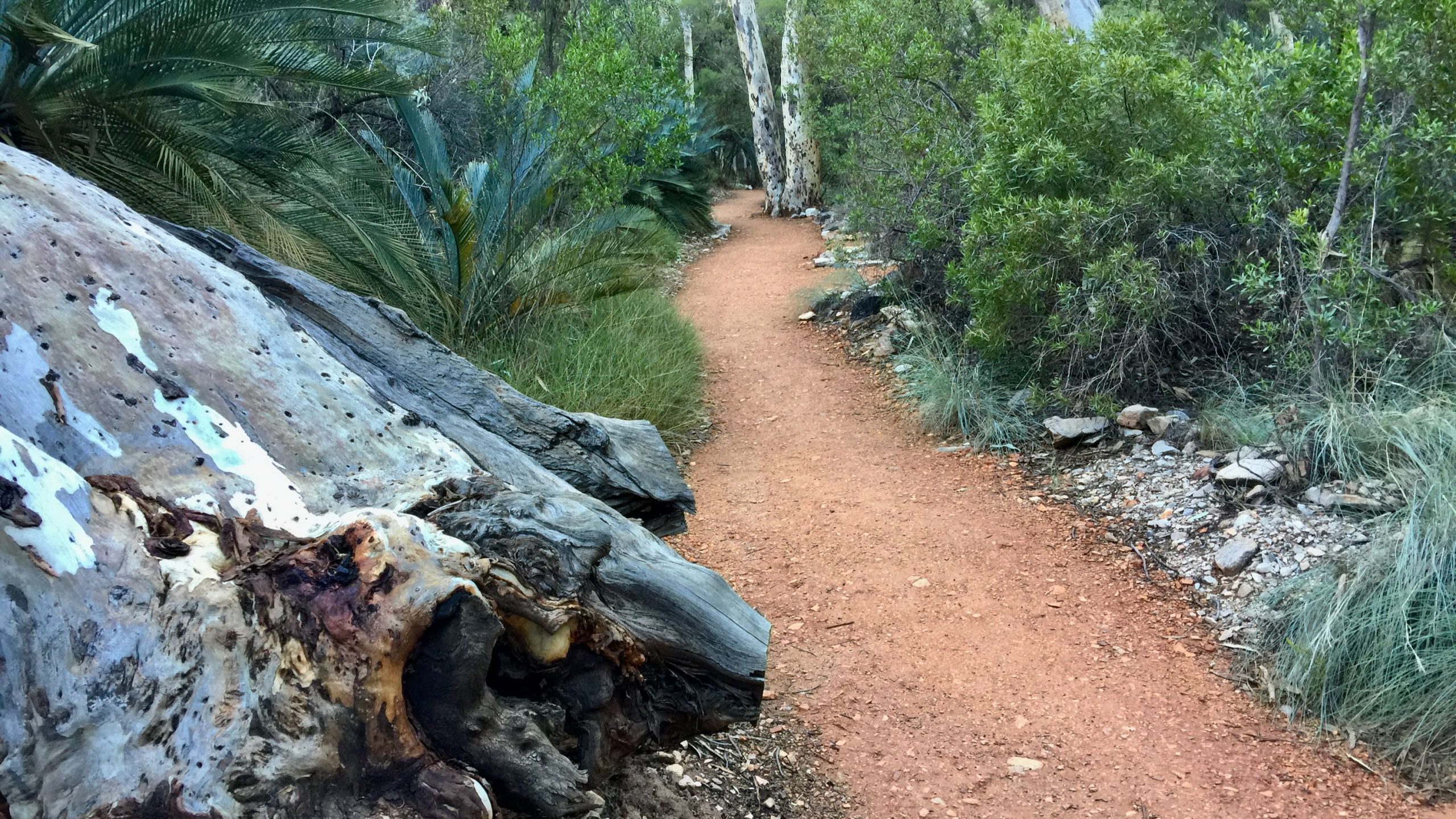
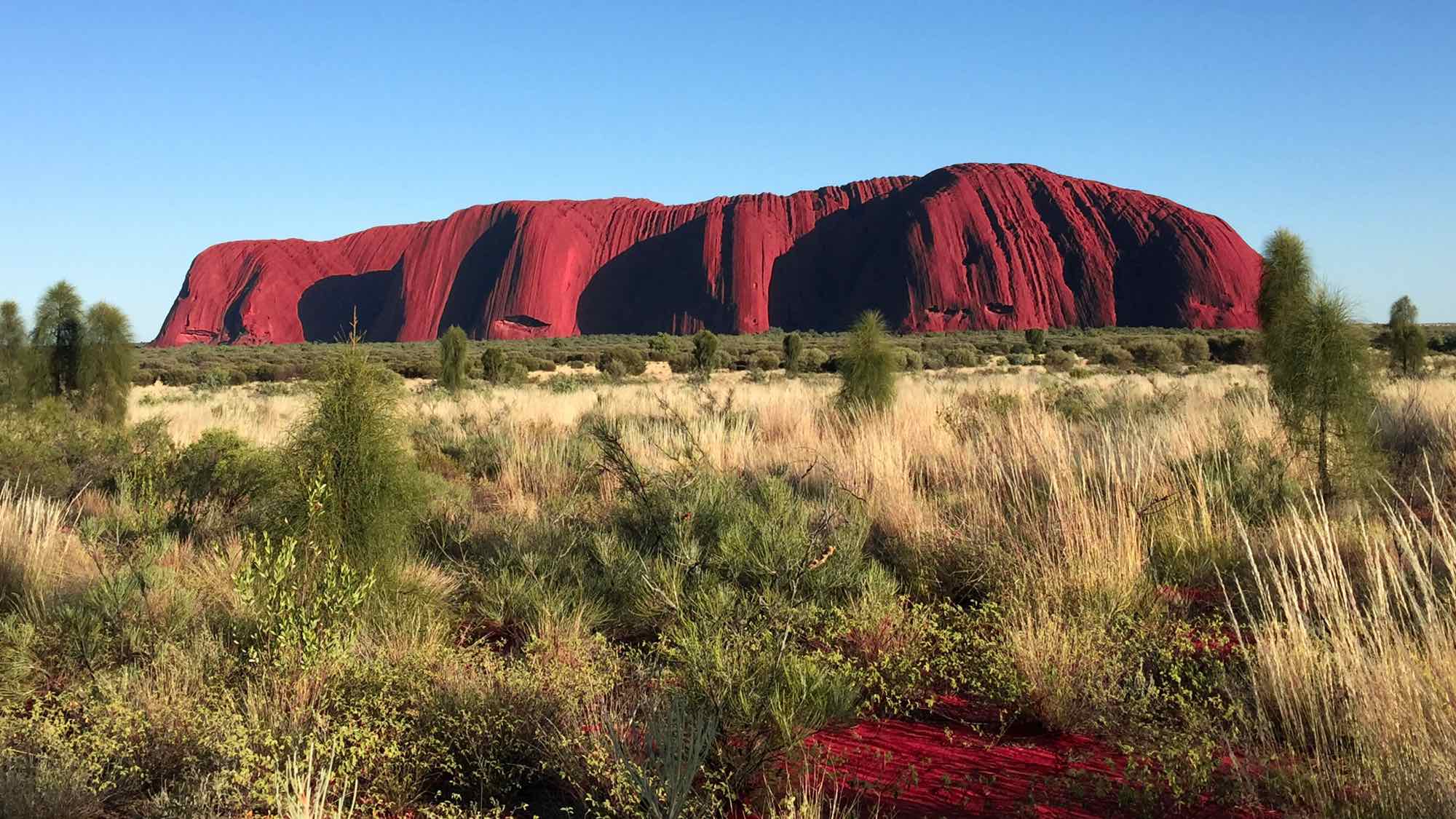
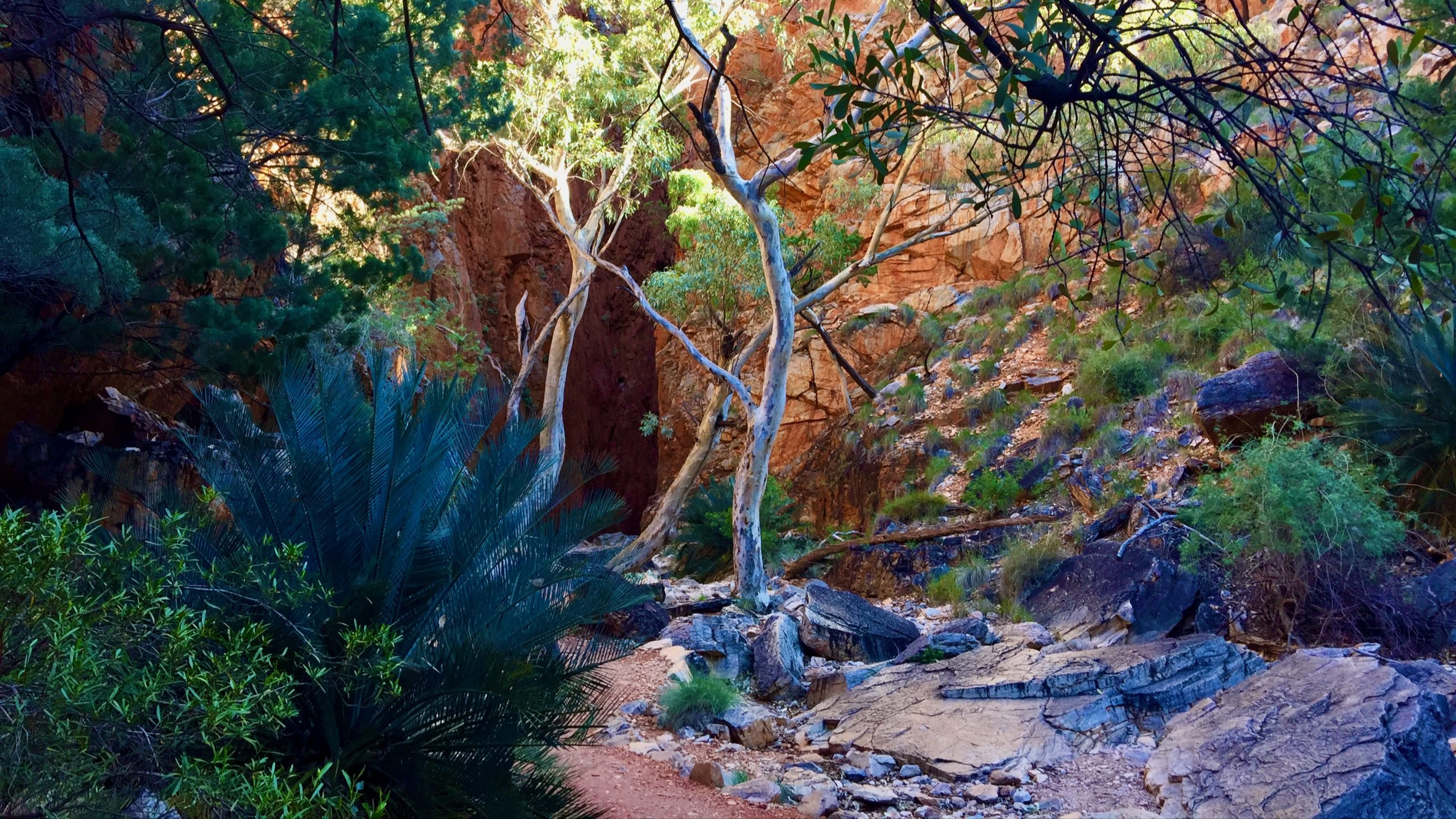
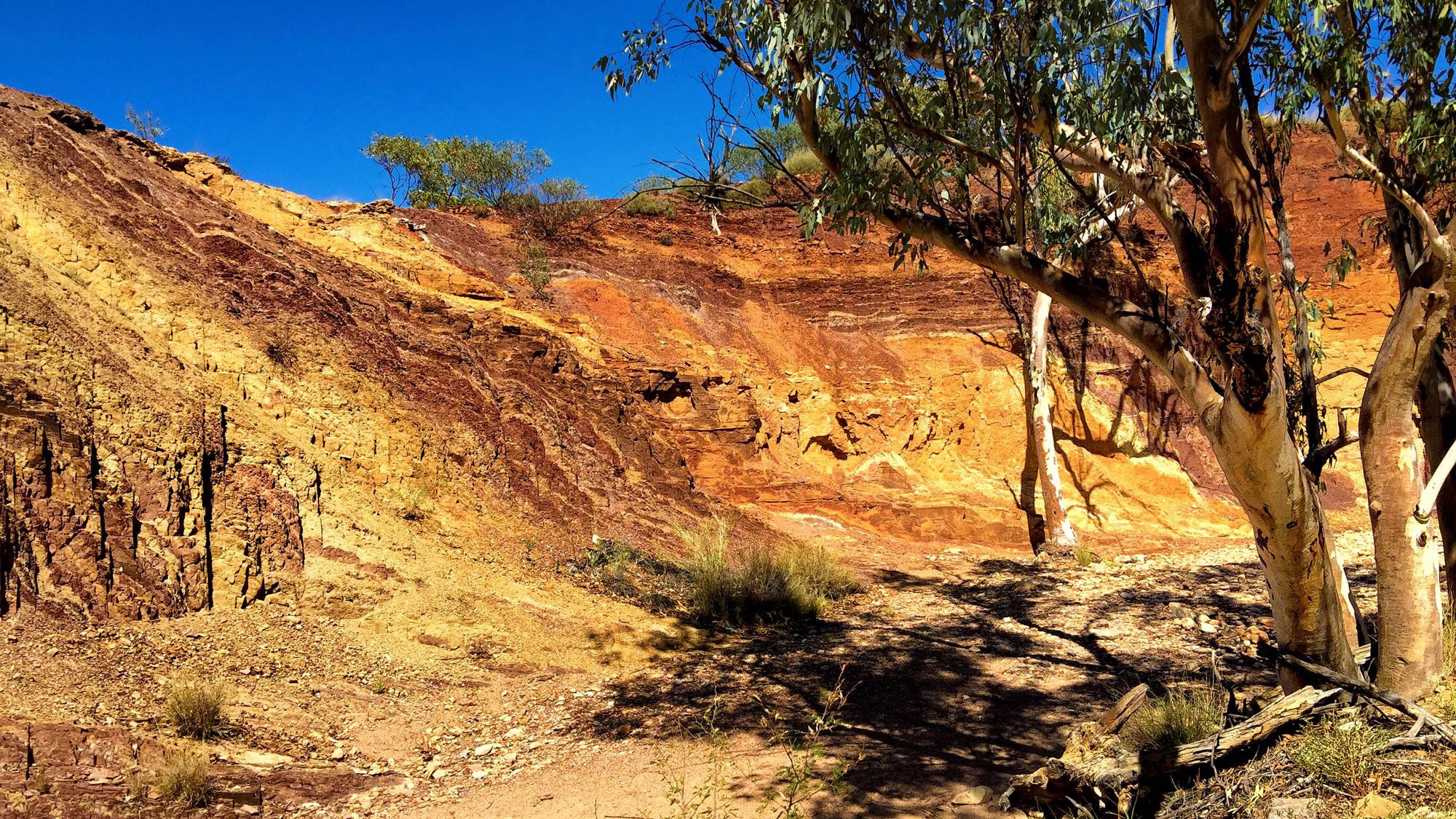
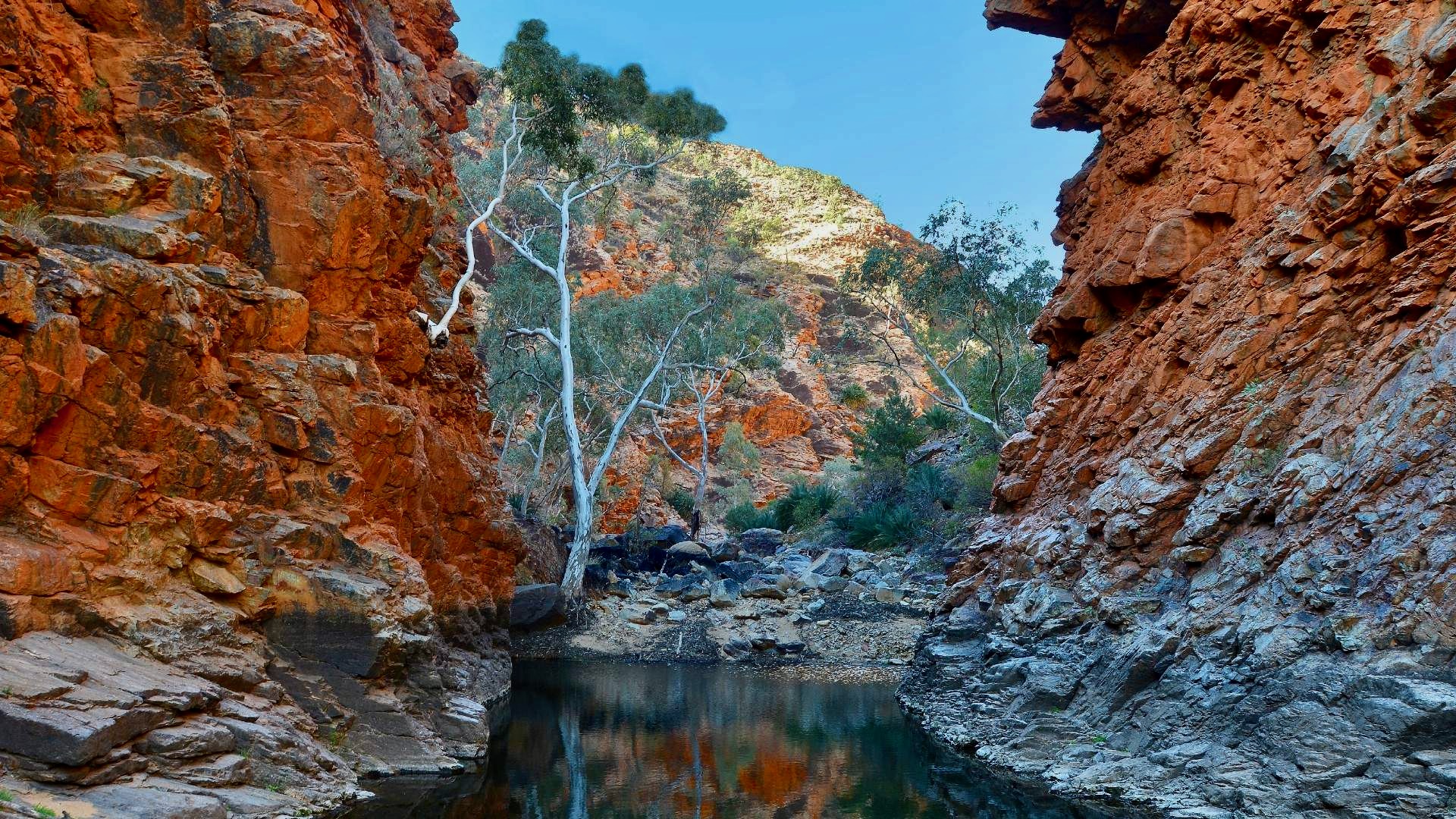
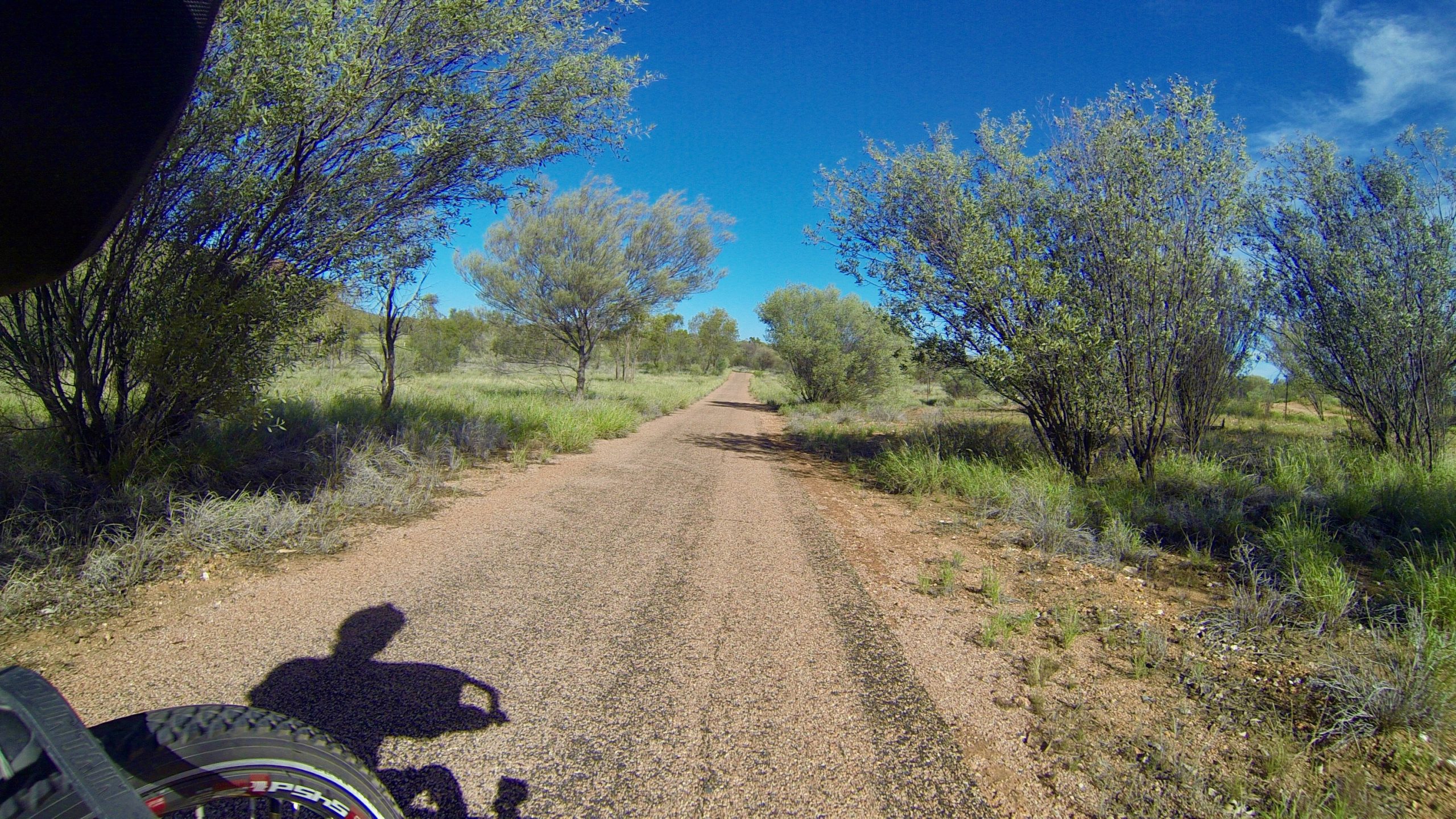
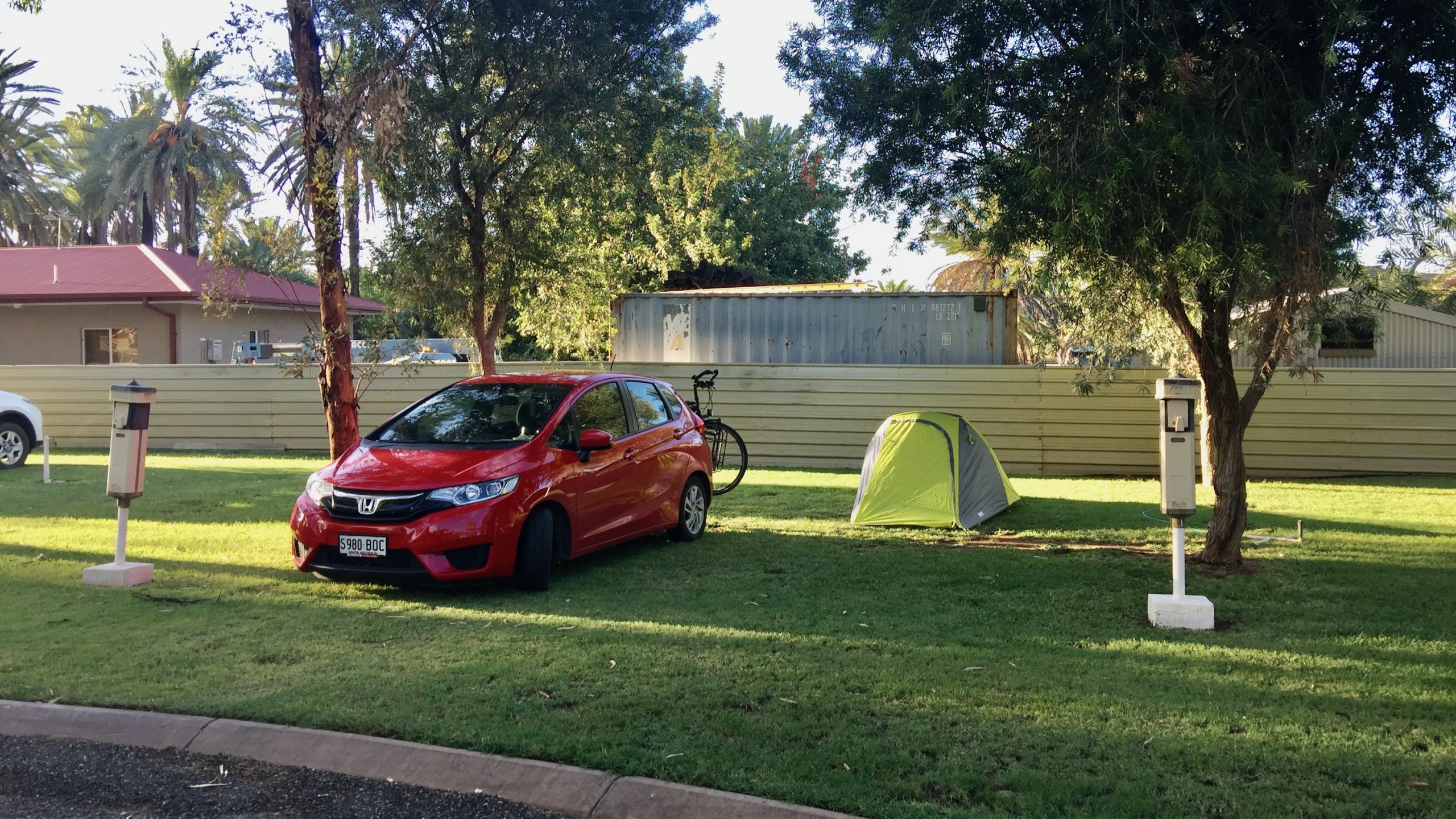
Leave A Comment